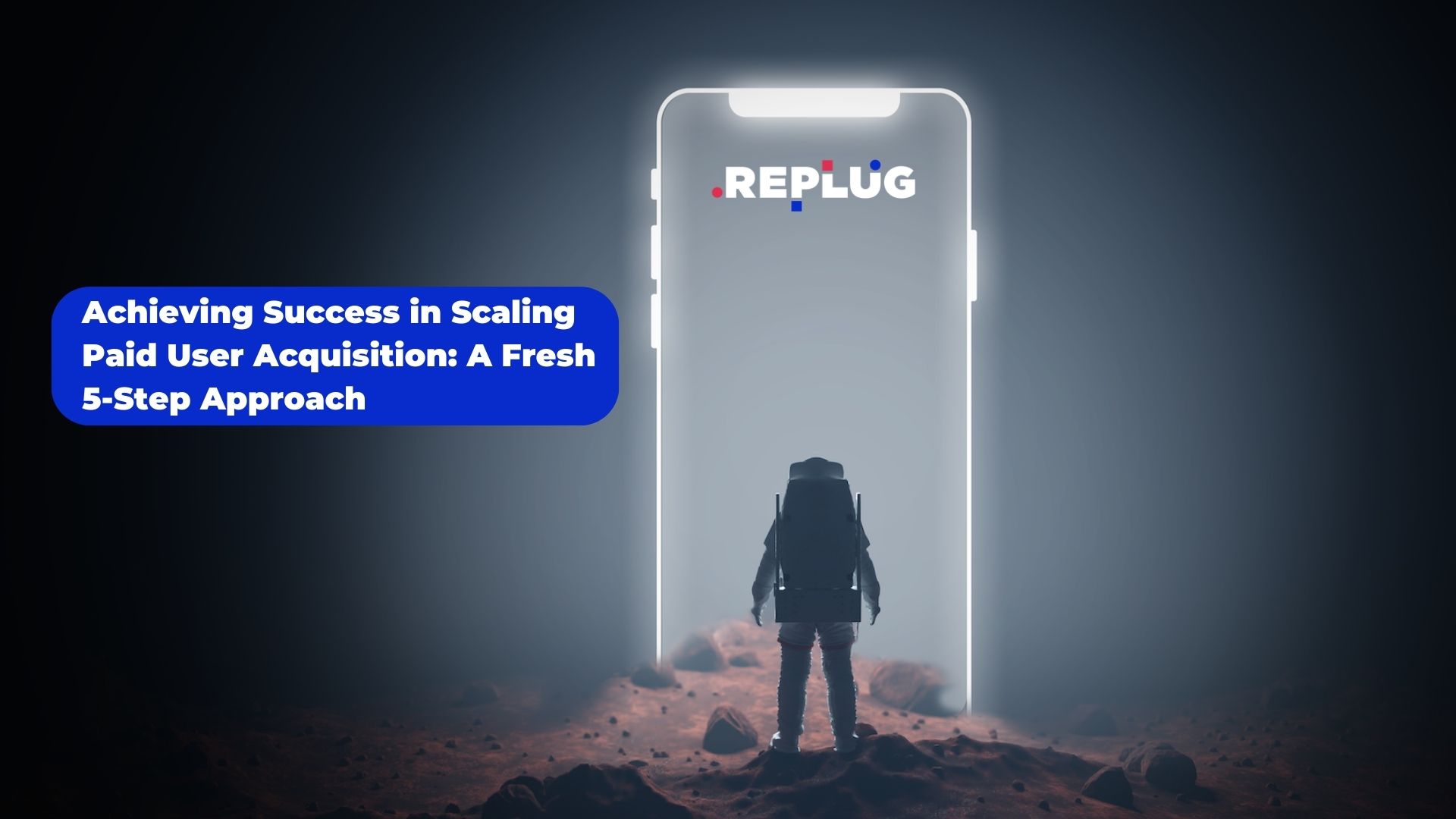In light of new research showing that many of Britain’s biggest advertisers are appearing in non brand-safe environments, Nick Welch, UK business development director at ADmantX, advises on taking a balanced, nuanced approach to ensuring brand safety.
 Brand safety is once again hitting headlines with the news that almost two-thirds of Britain’s biggest advertisers are exposed to potentially unsafe environments.
Brand safety is once again hitting headlines with the news that almost two-thirds of Britain’s biggest advertisers are exposed to potentially unsafe environments.
Last week’s report, ‘Brand Safety in the UK: Willing to Risk it?’ found that 65 per cent of the UK’s top 100 advertisers had been exposed to potentially long-term brand damage or commercial harm in the first quarter of 2019 alone.
A complex issue
Media consultancy Ebiquity partnered with ad fraud specialists zulu5 to conduct the research, analysing more than 4m critical internet domains. Yet brand safety is a complex issue and there isn’t necessarily one standard applicable to all advertisers. They advise advertisers to take active steps to tackle brand safety and ad fraud “despite continued risks to brands”.
We’d wholeheartedly agree – but that picture doesn’t paint the whole story. The truth is, there are lots of brand-safe environments out there for brands to advertise in, such as premium publishers, yet here we can see brand safety in overdrive.
Some brands are nervous advertising against news because of the threat of negative associations – a travel firm appearing alongside news of an air crash, for instance. Others are automatically blocked by overzealous filtering of long lists of keywords. This brings the risk of false positives; blocking pages where the keyword is present even if the context and page is safe. Even the harmless-sounding locations of ‘Sussex’ and ‘Essex’ can raise red flags because of a certain three-letter word included in each.
Context is key
It’s why context has to be key when considering brand safety online – and why the blunt, sledgehammer tools of today must be replaced by next-gen content analysis that can leverage this.
Such tools can help brands escape a truly unsafe environment – the risk of advertising against sexual, criminal or simply conflicting content, say, whilst allowing them to safely occupy commercial real estate not now open to them.
It’s about finding a middle ground that benefits all. An effective brand safety solution must be able to protect the brand from inappropriate content and at the same time maintain the expected delivery volumes and spending.
Overall brand safety management implies some key industry alignments, a clear management strategy from brands and the right technology solution. That means we should all consider five key questions and challenges starting with a shared definition of brand safety. To date it escapes a clear universal definition, with each brand having its own meaning of it.
Also ask: who is responsible for ensuring brand safety; what level of brand safety is appropriate for you – site whitelists, blacklists, standard brand safety categories or the brand care level (custom brand safety categories); what is the value your company gives to brand protection and what is the trade-off for you between delivery and safety?
One thing that is clear to all players in the ad sector, and shown through the Ebiquity research, is that a campaign that fails to consider the content and context of the URLs in which ads are served, and does not respect the brand’s needs and requirements, will impact a brand’s reputation.
Damage control
It does not necessarily follow that the association of an ad message with the wrong content is an unrecoverable waste of the investment – but damage control will always be more expensive and risky than setting up the correct strategy at the beginning.
Take semantics. By working with concepts, rather than simple keywords, and linguistic semantic relationships between those, an advertiser can fully understand the meaning of single words, sentences and entire documents in situ.
By looking beyond the keyword and fully comprehending the meaning of the words (and not just their presence on a page) including the sentiment and emotional qualities of the page, brands and agencies can deliver highly targeted and effective ad campaigns; responsible publishers can open up more of their inventory for sale.
For good reason, fears over brand safety will continue to dominate headlines and top a marketers’ priorities. Without the application of the correct advanced technologies, we’ll continue to see a flipflop between being overcautious and overexposed.
Yet, by taking brand safety to a granular level, advertisers and publishers alike are empowered.
Advertisers can avoid placements alongside content that expresses adverse sentiment towards their specific brand (brand care) or their sector as a whole, as well as ensuring that ads avoid inappropriate or damaging content. Publishers and media owners can offer up their potentially valuable real estate without fear of inadvertently damaging their customers’ brands.
Risk and reward has always been at the heart of a marketer’s remit, never more so than in the (still) so-called Wild West of the internet. Yet, when it comes to creating a brand-safe strategy, technology can help nudge the balance in all our favours.
















